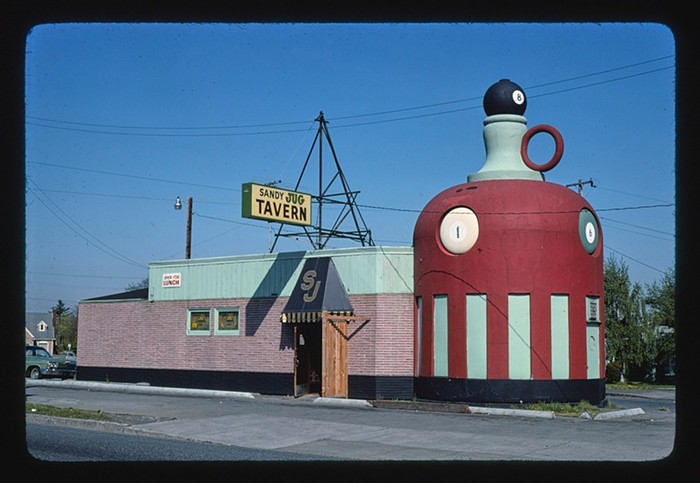
- Nathan Gilles
- PHLUSH Toilets.
This time it’s about killer buildings—constructed with unreinforced masonry—and attempts by Steve Novick and emergency planners to address the problem by requiring these structures get seismic retrofits.
It’s all part of a larger effort by the city to prepare Portlanders for the magnitude 9.0 or greater earthquake scientists warn is coming. (And it comes, coincidentally, in time for a worldwide earthquake drill today called “The Great Shake Out.” Click here for more details if you're interested.) Yesterday, that effort was on display at City Hall, at an earthquake preparedness fair organized by the Portland Bureau of Emergency Management (PBEM). I went to answer a simple question: When the Big One hits, where will I shit?
Okay, “fair” is, perhaps, a misnomer; attendance was weak and the atmosphere, given the subject matter, was less than festive. It was just a sprinkling of people standing around tables covered in pamphlets spreading the good word about emergency preparedness. I'd come to talk to folks from the volunteer group Public Hygiene Lets Us Stay Human, or PHLUSH, hoping they'd have the answer. They did. And it maybe involves the green roll carts where you put your compost and yard debris.
PHLUSH—as the name and acronym imply—wants to educate people about that razor-thin line that separates us from the animals. Namely, the small critters that will flourish when the plumbing stops working and people can't flush their toilets and can’t easily wash their hands. They're worried about what will happen when shit—and the bacteria that live in it—gets fucking everywhere.
“Our biggest concern,” Mathew Lippincott of PHLUSH told me, “is how do we contain the rapid spread of disease.”
Lippincott has a point. If we don’t keep our shit together, feces-spread disease looms as a potential consequence of a large earthquake. That’s because our plumbing could be out for months, or longer. And when lacking functioning infrastructure, well... shit happens. Just ask Haiti.
Cholera exploded in Haiti after its 2010 earthquake. Since then, roughly 8,300 Haitians have died of the disease, another 650,000 were sickened.
The culprit in this case wasn’t just human waste, but how the United Nations tried to get rid of it. UN aid workers from Nepal—where the strain of cholera was later traced—were releasing their own backside effluent into a tributary of Haiti’s largest river, where people were bathing. Human rights groups are now suing the UN over the issue.
Okay, you say. But that’s Haiti. We’re much more sophisticated here in the “developed world,” and cholera is rare. It had been absent in Haiti for a century before the UN showed up. That’s true. Except cholera isn’t the only disease spread by feces—there's also Hepatitis A and E. Or how about the blood-shitting disease better known as dysentery? And after an earthquake, with our infrastructure in shambles, we really won’t be that developed.
In fact, get ready to start going to the toilet old school.
PHLUSH’s low-tech solution to a potential pathogen-spreading shit storm is to have us all crap in buckets. Well, not just buckets. Buckets filled with sawdust, which, the idea goes, will absorb your goings and keep down the stink. Naturally, it doesn’t have to be sawdust. You can use coffee bean husks (yay for local microroasters!), wood chips, dry leaves, cardboard, or copies of your favorite alt-weekly.
And let’s say you’ve had the forethought to stop by a camping store—or similar outlet—before the Big One hits (or, your big one hits). They sell “snap on bucket seats” for your comfort. These are seats of the heavy-duty plastic, portable-toilet variety.
As for your less troublesome waste stream, you can just piss in a bucket without the sawdust. Although “wood chips will keep odor down,” reads PHLUSH’s informational pamphlet, which also describes how to make a poo-and-pee bucket combo.
Yesterday, the PHLUSH folks were good enough to display their dual-bucket waste disposal system—minus the sawdust and the buckets’ intended smelly contents.
I had interviewed PHLUSH cofounder Carol McCreary for an earlier story. She had already described PHLUSH’s system. But somehow the reality that I could be crapping in a bucket for months—should I not get crushed to death by a falling building—hadn’t quite set in. Seeing the “toilets” on display, made that a little more real. But to be honest, PHLUSH’s dual, waste disposal system was just what I’d expected: large plastic buckets, one with a seat attached. They’re pictured above.
While I was eyeballing the buckets—and trying to imagine how to sit on one without knocking it over and spilling its contents—Lippincott was telling me a similar system is now being employed in Haiti. But with much larger buckets, and equipment strong enough to lift and dump them. (Personally, you probably won’t want to use a bucket larger than seven gallons; too much shit to haul around).
Here in Portland, PHLUSH is hoping to employ the city’s compost bins as a handy place to put your crap until the plumbing works again—presuming regular garbage pickup would resume at all. Pee can be poured on the ground. But take note: “Different soils and plants can accept different quantities of pee.”
The PHLUSH system itself comes from Christchurch, New Zealand, which suffered a 6.3 magnitude quake in 2011. Lippincott says Portlanders should follow their example. He has a point.
I’ve yet to find a reference to cholera rearing its ugly head in the land of Lord of Rings. And Christchurch is about the same size as Portland. Its infrastructure is also similar enough to Portland’s that the comparison is apt. Presumably they know something—either that or their aid workers were more careful about where they flushed. Christchurch did report widespread gastrointestinal illnesses. And these were linked to broken sewer pipes.
Okay, I’m done being scatological. Now for the straight-up public service announcement.
The fair also included some important information about emergency supplies and other preparations from the volunteer group PREP. Also present were folks from Portland’s Neighborhood Emergency Teams (NETs), the volunteer emergency responders who could be the first help you get after an earthquake. If you want to go through their training, click here.
The NET table had a large metal container filled with medical supplies, a communication radio, and a red emergency tent—fully unfurled for the occasion. PBEM has distributed these “equipment caches” to the city’s Basic Earthquake Emergency Communication Nodes, or BEECNs (read: beacons) around the city. Find the one nearest to you here.
PBEM spokesman Dan Douthit also told me his agency is that much closer to unveiling its new Emergency Coordination Center (ECC)—replete with multiple redundancies, satellite phones, and other survivalist goodies.
(The ECC, I’m absolutely thrilled to report, is being built by a firm called Emerick, and that makes me think of Roland Emmerich, director of 2012 and Independence Day).
The ECC will far exceed existing building code, and might be the safest place to be in Portland following the Big One. “About double the current seismic standard,” says Douthit. And unlike a lot of other buildings in town, the ECC has been designed to be immediately useable and functioning after an earthquake.
At the helm of this edifice will be the city’s Disaster Policy Council: including the police chief, the water bureau director, and others. They'll run the city’s emergency response from the ECC command center. (I’m not sure about you, but I’m imagining a Dr. Strangelove scenario with a big circular light and table, and George C. Scott’s “big board”). The building is set to open in late January.
Douthit has promised me a tour. I’m holding him to it.












